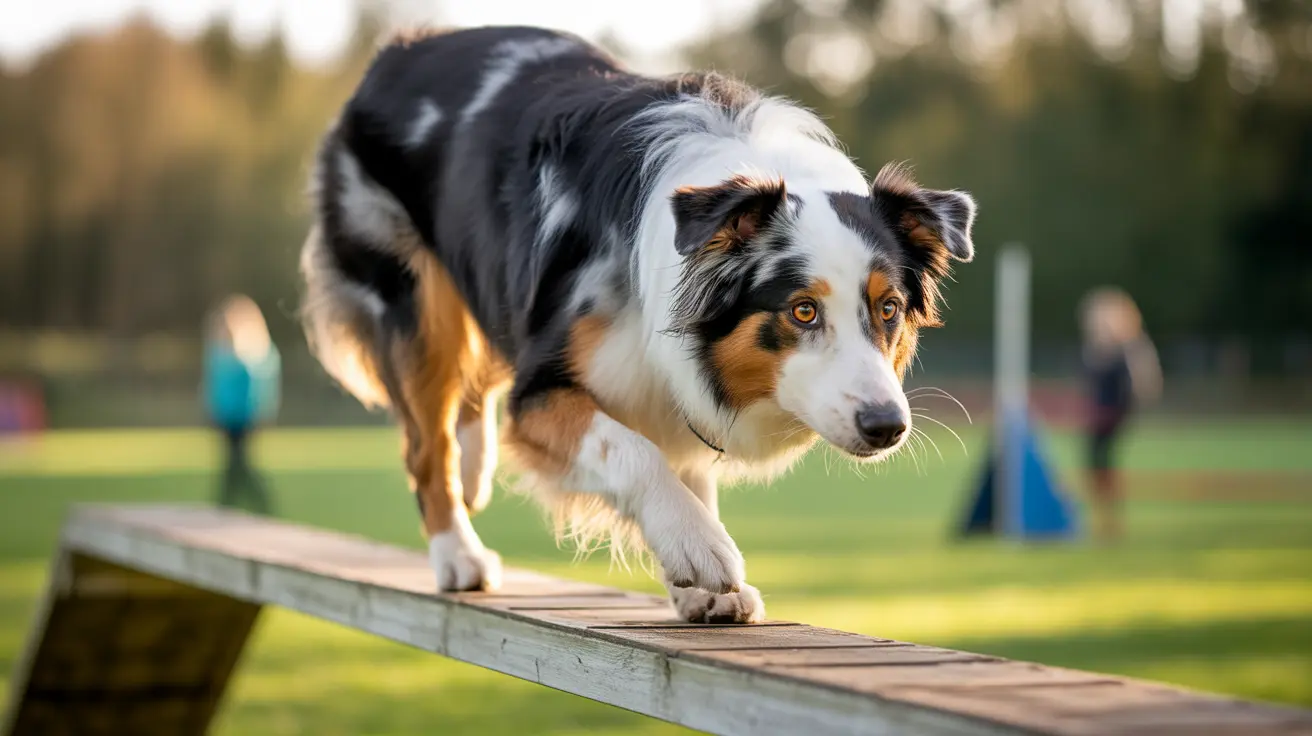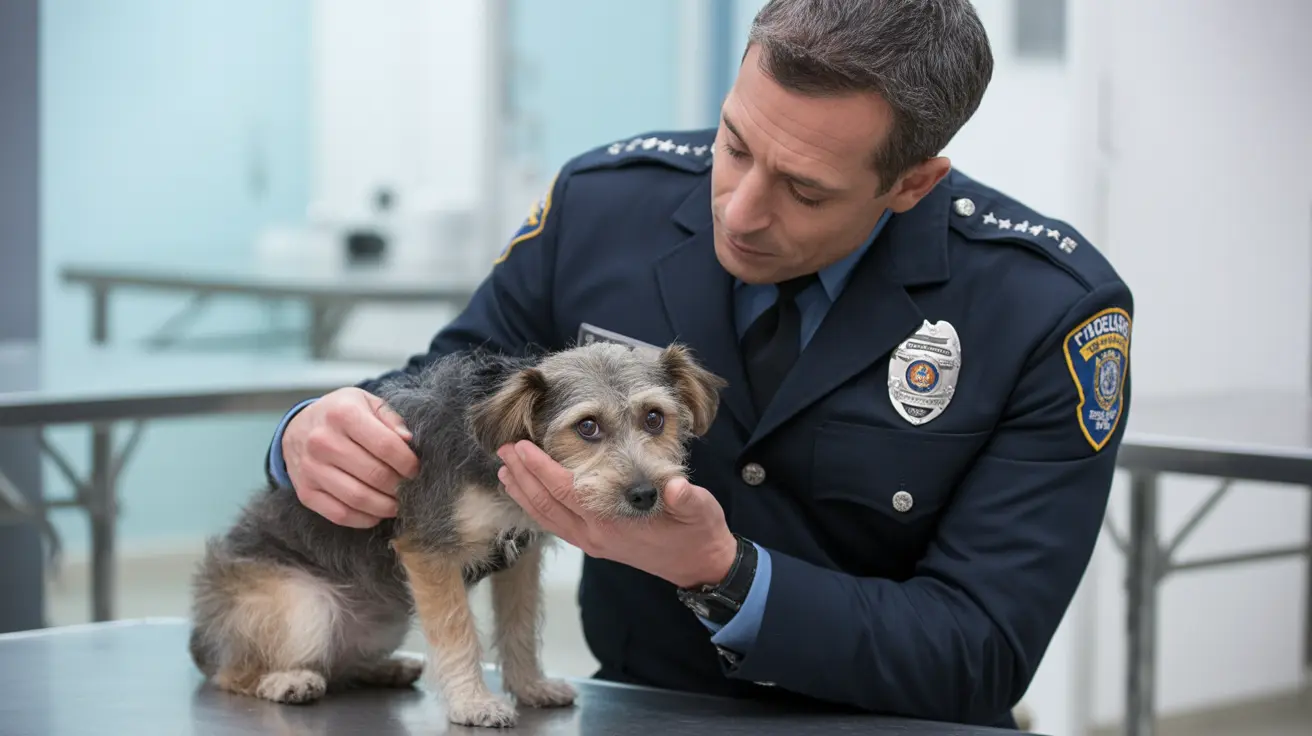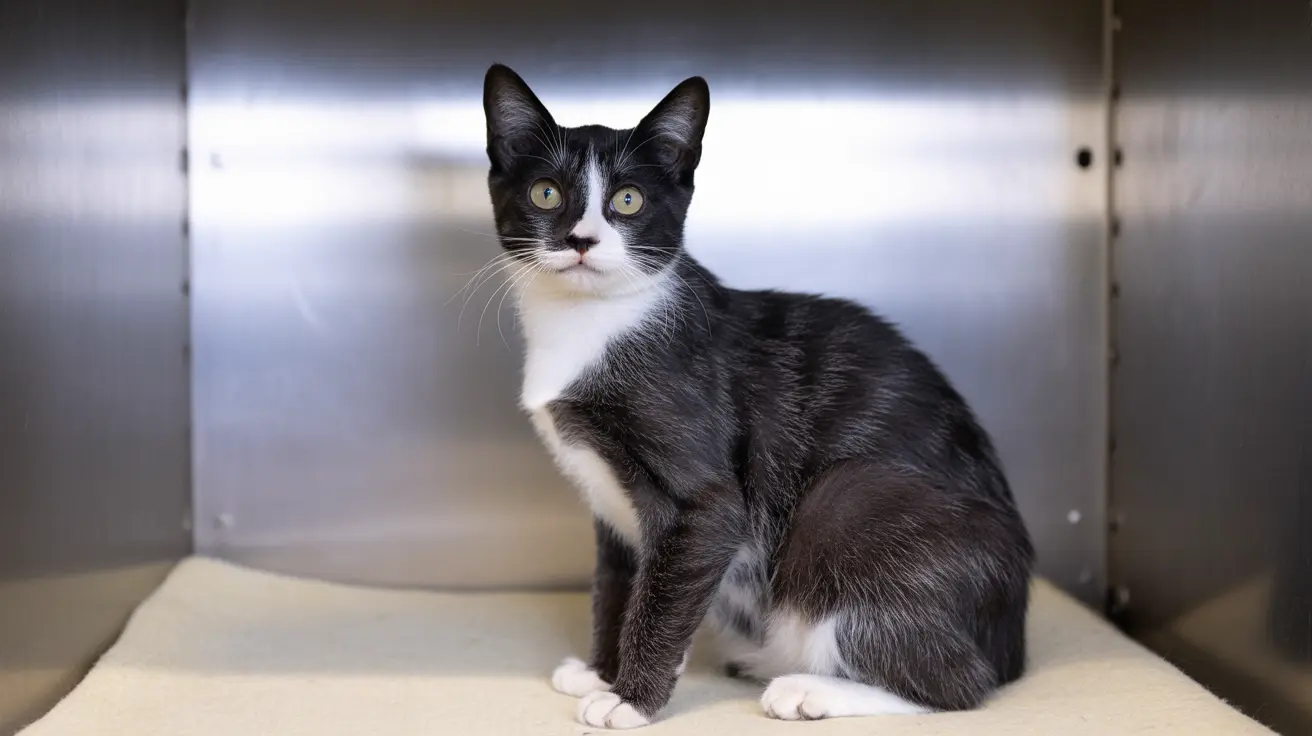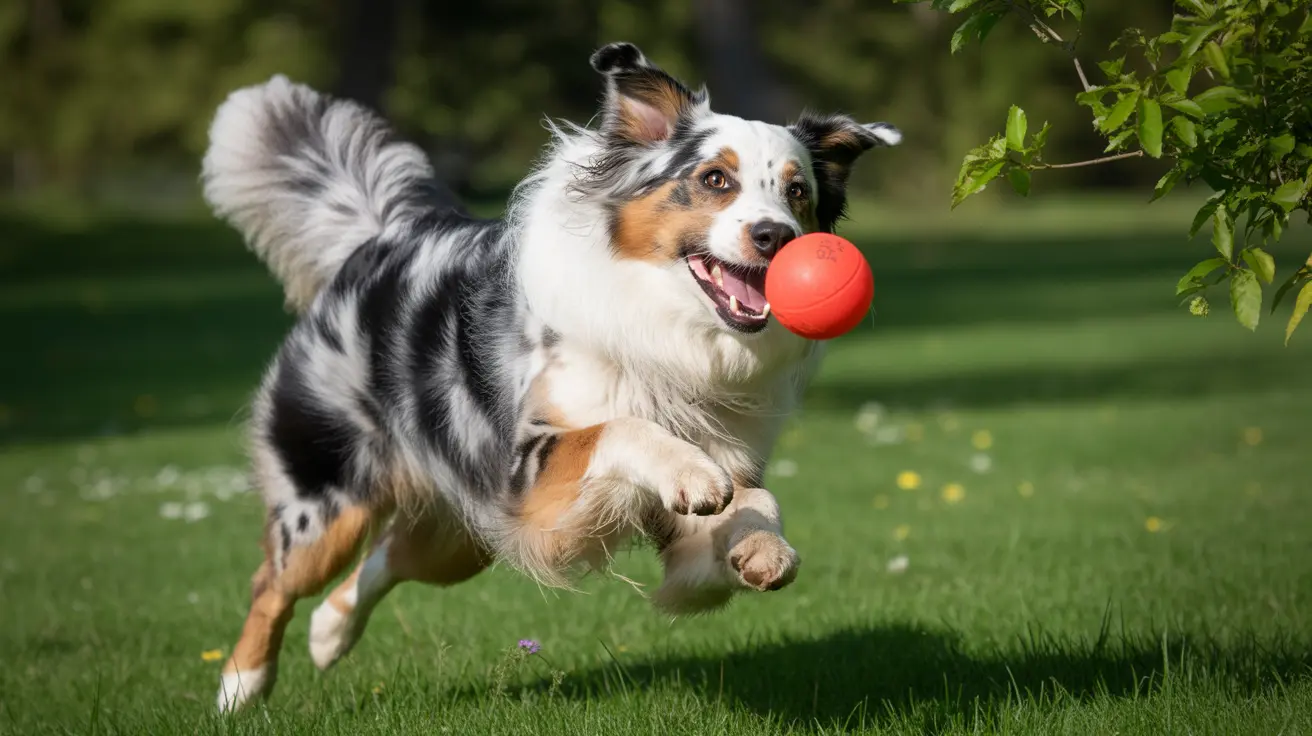Degility Dog Sport Alternative: A Gentle, Inclusive Approach to Canine Fitness and Fun
While traditional dog agility has captivated canine enthusiasts worldwide with its high-speed obstacle courses and competitive atmosphere, a gentler alternative called Degility is emerging as the perfect solution for dogs who need a more inclusive approach to physical and mental stimulation. This degility dog sport alternative focuses on fun, skill development, and cooperation rather than speed and competition, making it accessible to virtually every dog regardless of age, physical ability, or temperament.
Unlike conventional agility where dogs race against the clock through obstacle courses, Degility removes the pressure of time constraints and competitive elements. Instead, it emphasizes the joy of learning, the strengthening of the human-dog bond, and the gradual development of confidence and coordination. This innovative approach opens doors for puppies over 15 weeks old, senior dogs, those with disabilities, and even dogs with behavioral challenges who might struggle in traditional agility settings.
In this comprehensive guide, we'll explore everything you need to know about this degility dog sport alternative, from its core principles and benefits to practical training techniques and equipment options that make it an ideal choice for dog owners seeking a stress-free, enjoyable activity to share with their canine companions.
What Makes Degility Different from Traditional Agility
The fundamental difference between Degility and traditional dog agility lies in their core philosophies. While conventional agility originated in the U.K. in the late 1970s as a competitive sport where handlers direct dogs through obstacle courses racing for both time and accuracy, Degility prioritizes the journey over the destination. In traditional agility, dogs run off leash with no food or toys as incentives, handlers cannot touch the dog or obstacles, and runs are scored on faults and time penalties.
Degility takes a completely different approach by removing these pressures entirely. There are no time limits, no scoring systems based on faults, and no competitive rankings. Instead, the degility dog sport alternative focuses on allowing dogs to navigate obstacles at their own pace, building confidence and skills gradually. Dogs can take breaks, repeat obstacles, and receive encouragement and rewards throughout the process.
This fundamental shift makes Degility suitable for dogs who might find traditional agility overwhelming or physically challenging. While conventional agility requires dogs to be at least 15 months old to compete due to joint development concerns, Degility can safely accommodate puppies over 15 weeks old because there's no pressure to perform at maximum speed or jump at competition heights.
Core Principles and Benefits of Degility
The degility dog sport alternative is built on several key principles that set it apart from other canine activities. The primary rule is to avoid any physical or psychological pressure while always prioritizing the dog's motivation and enjoyment. This approach ensures that every session remains positive and stress-free, contributing to better long-term outcomes for both dog and handler.
Physical benefits of Degility are substantial and measurable. Dogs experience improved motor skills, enhanced muscle strength, and better overall coordination as they navigate various obstacles. The low-impact nature of the exercises makes it particularly beneficial for senior dogs or those recovering from injuries, providing gentle exercise that maintains mobility without strain.
Mental stimulation is equally important in this degility dog sport alternative. Dogs must concentrate, problem-solve, and make decisions as they approach different obstacles. This cognitive engagement helps reduce stress, combat boredom, and can even help address behavioral issues stemming from mental understimulation. The focused attention required during Degility sessions can improve a dog's overall ability to concentrate in other situations.
The bond-strengthening aspect of Degility cannot be overstated. Through cooperative exercises that encourage listening and observation, dogs and handlers develop deeper communication and trust. Unlike traditional agility where handlers rely solely on voice, movement, and body signals without touching the dog, Degility allows for more interactive guidance and support, making the experience more collaborative and enjoyable for both participants.
Essential Degility Obstacles and Equipment
Degility obstacle courses incorporate many elements familiar from traditional agility but with important modifications for safety and accessibility. Common obstacles include tunnels, which are typically flexible tubes similar to those used in conventional agility but can be shortened or modified for smaller or less confident dogs.
Balance and coordination obstacles form a crucial component of the degility dog sport alternative. Wobble boards help dogs develop stability and confidence with moving surfaces, while hanging bridges provide gentle challenges for coordination and nerve. These obstacles can be adjusted in height and difficulty level based on each dog's capabilities and comfort level.
Slalom exercises using poles or cones help improve flexibility and body awareness. Unlike the weave poles in traditional agility, which are often considered among the most challenging obstacles to train, Degility slalom exercises can be spaced wider apart and approached more slowly, allowing dogs to master the movement pattern without stress.
Balance exercises might include low beams, platforms, or even natural elements like logs when training outdoors. The key difference from traditional contact obstacles like the A-frame, dog walk, or seesaw is that Degility versions prioritize safety and confidence-building over speed and precision in touching contact zones.
Basic Training Commands and Techniques
Success in this degility dog sport alternative relies on clear communication between dog and handler through specific commands and positive reinforcement techniques. Basic obedience forms the foundation, with dogs needing to understand fundamental cues before progressing to obstacle work.
Common Degility commands include "Hoch," which signals the dog to place their front paws up on an obstacle or platform, and "Hinten," indicating the dog should position their back paws up. These commands provide clear direction while allowing dogs to move at their own pace rather than rushing through obstacles as in traditional agility.
Unlike conventional agility training where dogs learn obstacles gradually starting on lower or simplified equipment using positive reinforcement, Degility emphasizes even greater patience and individualization. Each dog progresses according to their own timeline, with handlers celebrating small victories and never pushing beyond the dog's comfort zone.
The training approach incorporates extensive use of treats, praise, and play as motivators, contrasting with traditional agility competitions where food and toys cannot be used as incentives during runs. This makes the degility dog sport alternative particularly effective for dogs who are food-motivated or need extra encouragement to build confidence.
Getting Started: Professional Courses vs. Home Training
Professional Degility courses offer the most comprehensive introduction to this degility dog sport alternative, though they remain relatively rare compared to traditional agility classes. These specialized programs provide expert guidance on appropriate exercises, motivation techniques, and safety protocols that ensure positive experiences for all participating dogs.
When seeking professional instruction, look for trainers who understand the fundamental differences between Degility and traditional agility. The ideal instructor will emphasize patience, individual progress, and stress-free learning environments. They should be knowledgeable about adapting exercises for dogs with various physical limitations or behavioral challenges.
Home training is entirely feasible and often preferred for dogs who might find group classes overwhelming. Unlike traditional agility courses that require specific surfaces like grass, dirt, rubber, or special matting, Degility can be practiced on various surfaces with appropriate safety considerations. Indoor training on carpeted areas works well for basic exercises, while outdoor spaces provide opportunities for more diverse obstacle arrangements.
Creative use of household items can create effective training obstacles. Cardboard boxes become tunnels, couch cushions serve as balance challenges, and broomsticks on low supports create simple jump obstacles. The key is ensuring all homemade equipment is stable, safe, and appropriate for your dog's size and ability level.
Outdoor Training and Natural Environment Integration
One of the most appealing aspects of this degility dog sport alternative is its adaptability to outdoor environments. Parks, dog playgrounds, and natural settings like forests provide excellent opportunities for creative obstacle courses using existing features.
Natural elements like fallen logs, small hills, streams, or rocky areas can be incorporated into Degility training sessions. This approach not only provides physical and mental stimulation but also helps dogs develop confidence in various environments and surfaces. The natural variation in terrain and obstacles keeps sessions interesting and challenging.
When training outdoors, safety considerations become paramount. Always inspect natural obstacles for stability, sharp edges, or potential hazards before allowing your dog to interact with them. Weather conditions should also factor into training decisions, as wet or icy conditions can make obstacles slippery and dangerous.
Public spaces require additional considerations including leash laws, other park users, and environmental impact. Always clean up after training sessions and respect other park visitors by maintaining control of your dog and not monopolizing shared spaces.
Degility for Special Needs Dogs
The inclusive nature of this degility dog sport alternative makes it particularly valuable for dogs with special needs. Senior dogs, those with mobility issues, dogs recovering from injuries, and even dogs with behavioral challenges can participate safely with appropriate modifications.
For older dogs or those with joint issues, obstacles can be lowered, shortened, or modified to reduce physical stress while still providing mental stimulation and gentle exercise. Veterinary consultation is recommended before beginning any exercise program with dogs who have health concerns, ensuring that chosen activities support rather than compromise their wellbeing.
Dogs with behavioral issues such as fear, anxiety, or overexcitement often benefit tremendously from Degility's non-pressured approach. The focus on building confidence, improving concentration, and strengthening the human-dog bond can help address underlying behavioral problems while providing positive outlets for energy and mental stimulation.
Puppies over 15 weeks old can safely participate in age-appropriate Degility exercises. Unlike traditional agility where joint development concerns limit participation until 15 months of age, the low-impact, non-competitive nature of Degility makes it suitable for younger dogs when exercises are appropriately modified.
Measuring Progress and Celebrating Success
Success in this degility dog sport alternative is measured differently than in traditional competitive agility. Rather than focusing on fault-free runs or qualifying times, progress is evaluated based on individual improvement, confidence building, and enjoyment levels.
Key indicators of progress include increased willingness to approach new obstacles, improved balance and coordination, enhanced focus and attention during training sessions, and strengthened communication between dog and handler. These qualitative measures are often more meaningful than quantitative achievements and better reflect the goals of Degility training.
Celebrating milestones should focus on effort and progress rather than perfection. Simple achievements like successfully navigating a tunnel for the first time, maintaining balance on a wobble board, or completing a sequence of obstacles deserve recognition and reward. This positive reinforcement approach maintains motivation and makes each session enjoyable.
Documentation through photos or videos can help track progress over time and provide motivation during challenging periods. Many handlers find that recording training sessions helps them identify areas for improvement in their own technique while celebrating their dog's achievements.
Benefits for Dog Owners
The degility dog sport alternative offers significant benefits for handlers as well as dogs. The stress-relieving nature of this activity provides owners with a peaceful, enjoyable way to spend quality time with their pets. Unlike the pressure and competition inherent in traditional agility trials, Degility sessions can be relaxing and therapeutic for humans as well as dogs.
The cooperative nature of Degility training helps owners develop better communication skills with their dogs. Learning to read canine body language, adjust training approaches based on individual needs, and celebrate small victories creates more thoughtful, patient dog owners who better understand their pets' capabilities and limitations.
Physical activity benefits extend to handlers as well, though the demands are generally less intensive than traditional agility where handlers often run alongside their dogs throughout entire courses. Degility allows for more varied handler positioning and movement patterns, making it accessible to people with different physical capabilities.
The social aspects of group training or casual meetups with other Degility enthusiasts provide opportunities for community building and shared learning experiences. These connections often extend beyond training sessions, creating networks of like-minded dog owners who support each other's journey with their pets.
Frequently Asked Questions
What age can dogs start Degility training?
Dogs can safely begin Degility training as early as 15 weeks old, unlike traditional agility which typically requires dogs to be at least 15 months old for competition. The low-impact, pressure-free nature of Degility makes it suitable for puppies when exercises are appropriately modified for their developmental stage.
Can dogs with disabilities participate in Degility?
Yes, Degility is specifically designed to be inclusive of dogs with various disabilities and health challenges. Obstacles can be modified or adapted to accommodate mobility issues, and the non-competitive nature removes pressure that might stress dogs with special needs. Veterinary consultation is recommended before starting any exercise program.
How does Degility differ from traditional dog agility?
The primary difference is that Degility eliminates time pressures, competitive scoring, and fault penalties found in traditional agility. Dogs work at their own pace, can receive treats and encouragement during exercises, and focus on skill building and confidence rather than speed and precision.
What equipment do I need to start Degility at home?
Basic Degility can begin with household items like cardboard boxes for tunnels, cushions for balance work, and low obstacles for stepping exercises. Specialized equipment includes wobble boards, hanging bridges, and adjustable obstacles, but creative use of everyday items often works just as well.
Do I need professional training to start Degility?
While professional courses provide valuable guidance on techniques and safety, Degility can be practiced at home with careful attention to safety and positive training methods. Many handlers successfully introduce basic concepts before seeking professional instruction.
Can reactive or fearful dogs benefit from Degility?
Degility's stress-free approach and focus on confidence building make it particularly beneficial for reactive or fearful dogs. The ability to work at the dog's own pace and provide constant positive reinforcement helps build trust and reduce anxiety over time.
How often should I practice Degility with my dog?
Training frequency depends on your dog's age, health, and interest level. Most dogs benefit from 2-3 short sessions per week, with each session lasting 10-20 minutes to maintain engagement without causing fatigue or stress.
Conclusion
The degility dog sport alternative represents a revolutionary approach to canine fitness and enrichment that prioritizes inclusion, cooperation, and enjoyment over competition and speed. By removing the pressures inherent in traditional agility while maintaining the physical and mental benefits of obstacle navigation, Degility opens doors for dogs who might otherwise be excluded from structured activities due to age, health, or temperament considerations.
Whether you're seeking a gentle introduction to dog sports for a young puppy, a therapeutic activity for a senior dog, or simply a stress-free way to bond with your canine companion, Degility offers a flexible, adaptable solution that grows with your dog's abilities and interests. The emphasis on positive experiences and individual progress ensures that every participant can find success and enjoyment, making this degility dog sport alternative a valuable addition to any dog's wellness routine.






